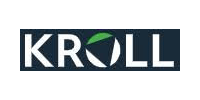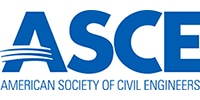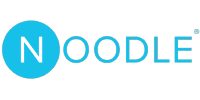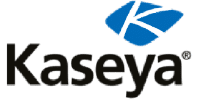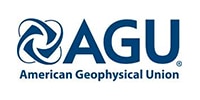An effective MVP has the minimum features in place to deliver customer value. The concept of an MVP goes against the accepted notion that a product needs to be perfect and complete to be done. Instead, it is built upon the agile feedback loop: build, measure, learn (and then go back to build). So, with the knowledge that you can and should start small, how do you decide where to start? I recommend applying McKeown’s four core principles of Essentialism.
Principle 1: Choice
Use McKeown’s principle “Do less, but do it better” to define the single idea or vision for your product. What is the one thing that you can win at? What would you define as success for your product or company? From there, define your target audience(s), their needs and the features that you will build to answer their most pressing needs. These answers will define your single strategy and should be your new holy grail.
Principle 2: Explore
McKeown writes about the necessity of being present and completely enthralled in an activity to pull inspiration from it. I would like to suggest using this concept when thinking about your customers. A non-essentialist will say, “I know my customers and what their needs are. I don’t need to talk to them.” An essentialist will jump on the opportunity to talk to as many customers as possible and immerse themselves completely in their needs/wants/current pain points. This information will provide a goldmine of knowledge and insights to build the most valuable product.
Principle 3: Eliminate
Using McKeown’s mindset of “rejecting the notion [to] … accomplish everything,” you should draw on your exploration and conversations with your customers. Then, choose the 1-2 target audiences you want to focus on for creating your MVP. These customers’ needs and pain points are your benchmark. From here, decide the minimum features that are needed to satisfy their core needs and eliminate their pain points. These are the features that will define your MVP. If a feature does not support a need of the targeted audience, eliminate it. Or, at least de-prioritize it.
Principle 4: Execute
The Essentialism principle “Constantly question yourself and update your plans accordingly” may be just about the strongest tie to the agile process. It keeps you (or your stakeholders) from questioning why a feature is (or is not) in place. How liberating is it to know that not only can you change the plan, but it’s recommended! When you are singularly focused on executing one strong vision or idea, you have the chance to test, edit and build upon it.
Have you applied McKeown’s principles to building and MVP? Let me know how it turned it out.



